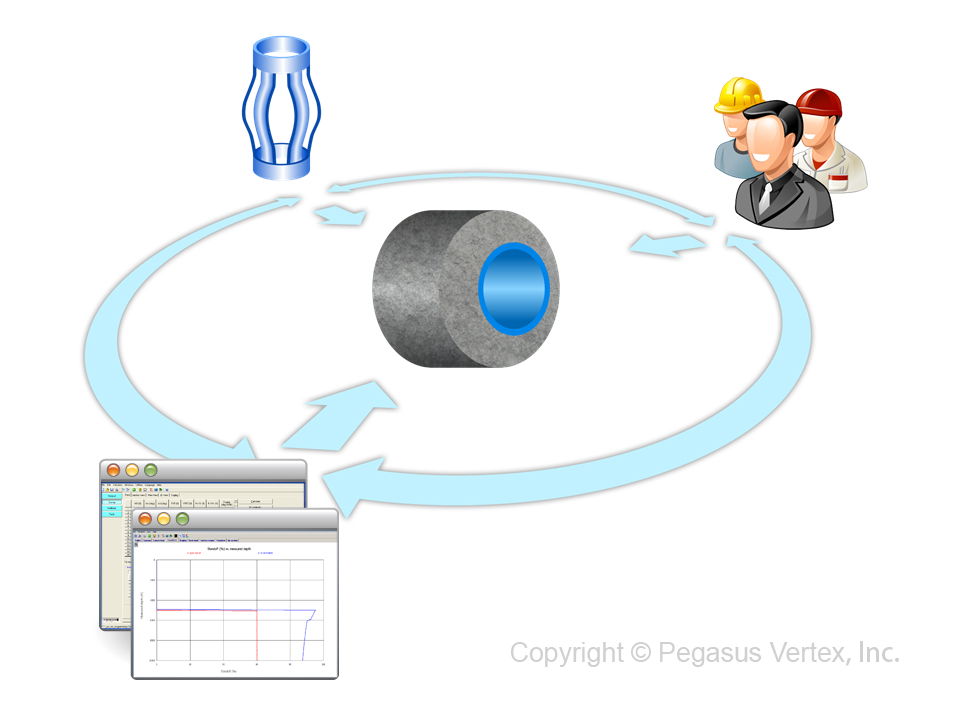“Change is a weapon whose effects depend on who holds it in his hand and at whom it is aimed” - Anonymous
With that being said, how can we relate that quote to what we are going to talk about in this article?
Well, changing the mode of a well causes changes in temperature and pressure inside and outside the tubing. This can create length and force changes in the tubing string that can potentially affect the packer and downhole tools. Once the packer is installed and the tubing landed, any operational mode change will cause a change in the length or force in the tubing string.
The length and force changes can be considerable and can cause enormous stresses on the tubing string, as well as on the packer under certain conditions. The net result could reduce the effectiveness of the downhole tools and damage the tubing, casing, or even the formations accessible to the well. Failure to consider length and force changes may result in costly failures during the operations.
There are four factors that tend to cause a change in the length or force in the tubing string:
- Piston effect: caused by a change in the pressure in the tubing or annulus above the packer on a specific affected area
- Ballooning effect: caused by a change in the average pressure inside or outside the tubing string
- Buckling effect, caused when internal tubing pressure is higher than the annulus pressure.
- Temperature effect: caused by a change in the average temperature of the string
Piston Effect
The length change or force induced by the piston effect is caused by pressure changes inside the annulus and tubing at the packer. It is possible to get rid of the forces generated on the tubing string by the piston effect by anchoring the seals in the packer bore. All the forces are now being absorbed or contained completely within the packer.
Ballooning Effect
The ballooning effect is caused by the change in average pressure inside or outside the tubing string. Internal pressure balloons the tubing and causes it to shorten. Likewise, pressure in the annulus squeezes the tubing, causing it to elongate. This effect is called "reverse ballooning."
Buckling Effects
Tubing strings tend to buckle only when the internal tubing pressure (pi) is greater than the annulus pressure. The result is always a shortening of the tubing string, but the actual force exerted is negligible. The diminishing in length occurs because of the tubing string being in a spiral shape rather than straight.
Temperature Effect
Thermal expansion or contraction causes the major length change in the tubing. Heated metal expands, and cooled metal contracts. In a long string of tubing with a temperature change over its entire length, if tubing movement is constrained, forces will be introduced as a result of the temperature change.
The direction of the length change for each effect must be considered when summing them. It follows that for a change in the conditions; the movement created by one effect can be offset or enhanced by the movement developed by another effect.
For these scenarios, PVI has developed TMPRO.
Among its many features it includes:
- 3 packer types (free, limited and anchored)
- Piston, buckling, ballooning and temperature effects
- Pipe database
- Different tubing materials
- Initial and final fluid configurations
- Tensile and stress strengths
- Burst and collapse strengths
- Operation designs
TMPRO is based on the theory developed by Lubinski and Hammerlindi and it’s a great tool to avoid any tubing or packer problems allowing its users to make the right change to have the right effects.


